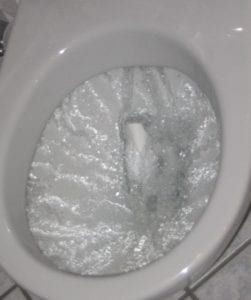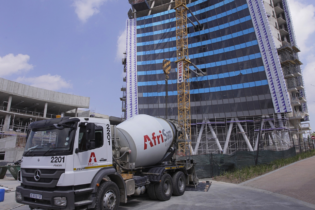Mokonyane said her department encouraged recycling effluent, especially in water stressed areas of the country.
Next time someone nags you about hogging the loo, just tell them you’re helping to keep the national power grid stable.
This is because at least two power stations in the country are using treated effluent for cooling, News24 reports.
This emerged after a written parliamentary question to Water and Sanitation Minister Nomvula Mokonyane from DA MP Nosimo Balindlela.
The Pretoria Power Station in Baviaanspoort and the Rooiwal Power Station are using the effluent generated by Tshwane residents for cooling and for processing water.
As one of six metropolitan municipalities treating effluent, Tshwane also supplies treated waste for agricultural irrigation in the area.
It has to be treated to a certain standard before it can be used.
The treated effluent from Zeekoegat is also being used by the Dry Beans Test Centre and the Agricultural Research Council.








